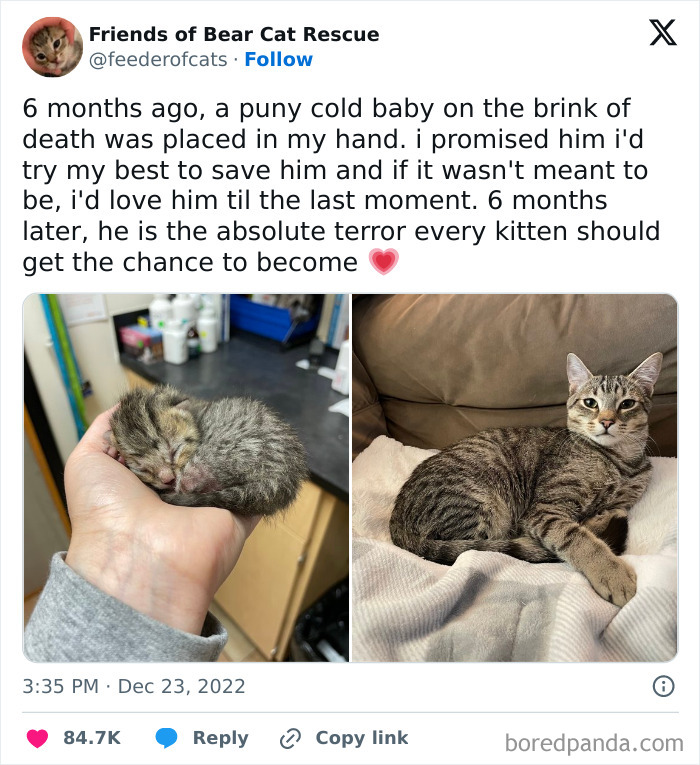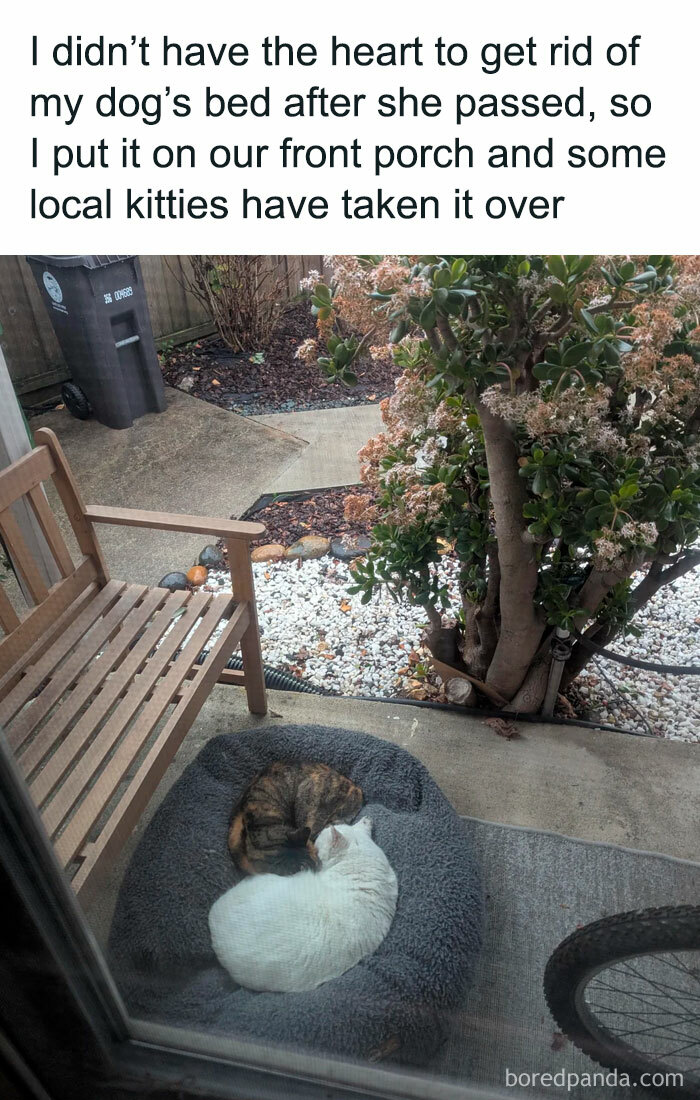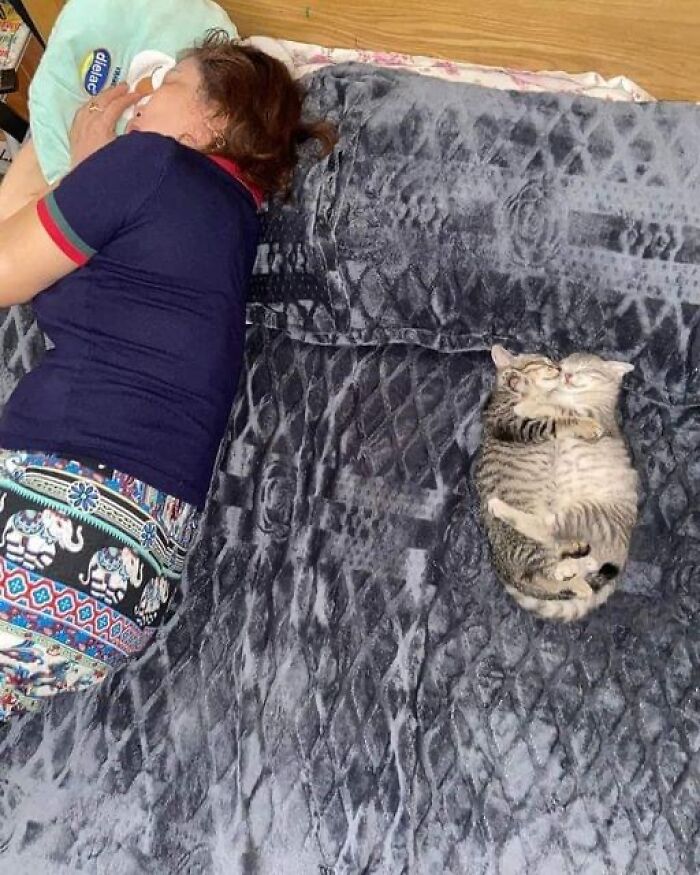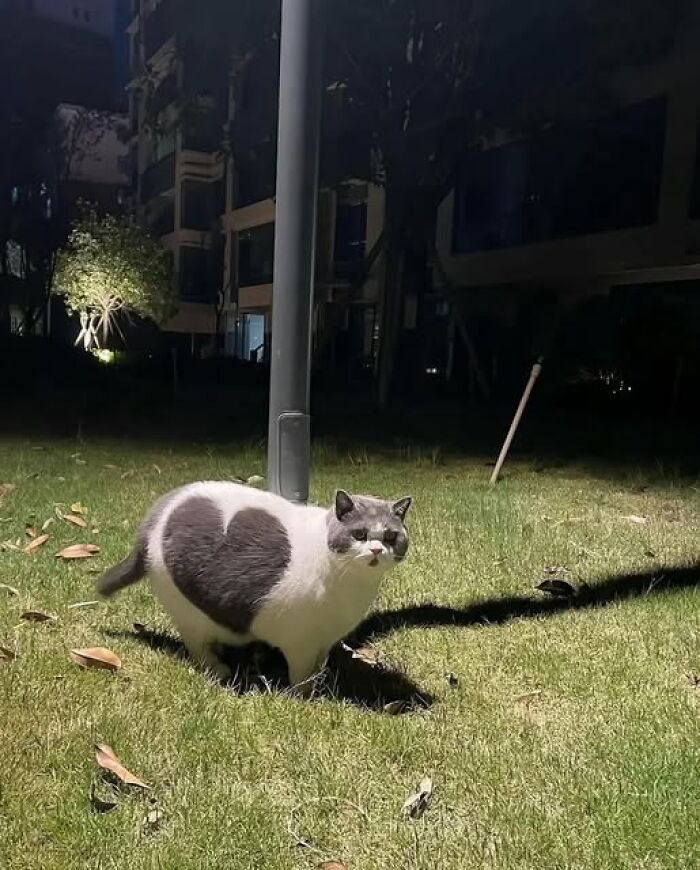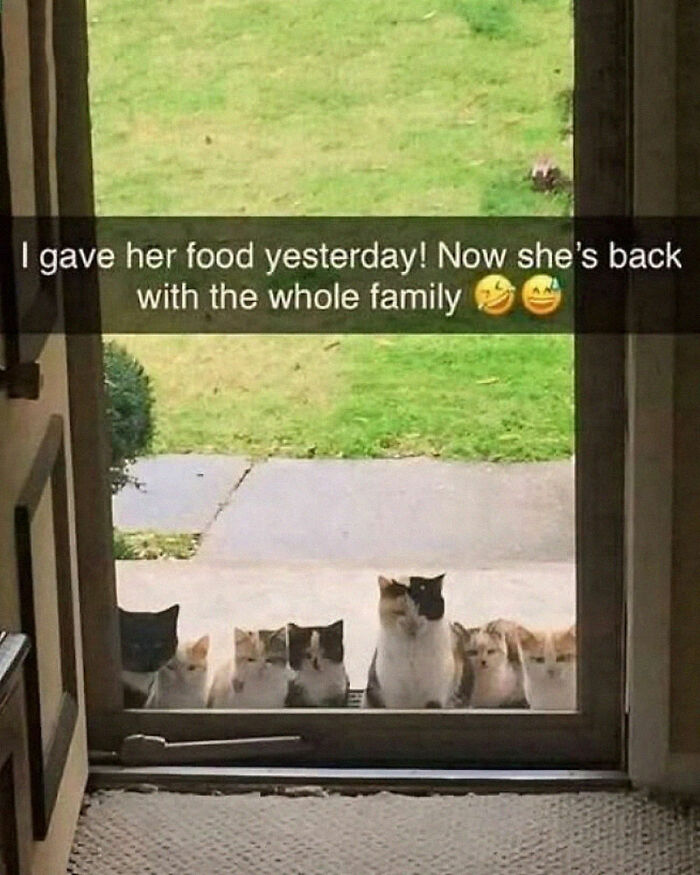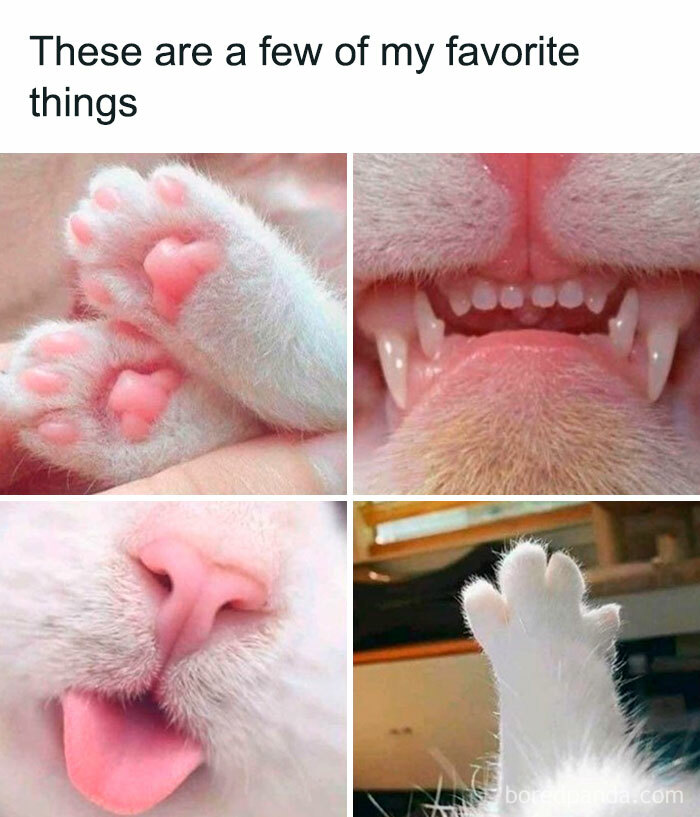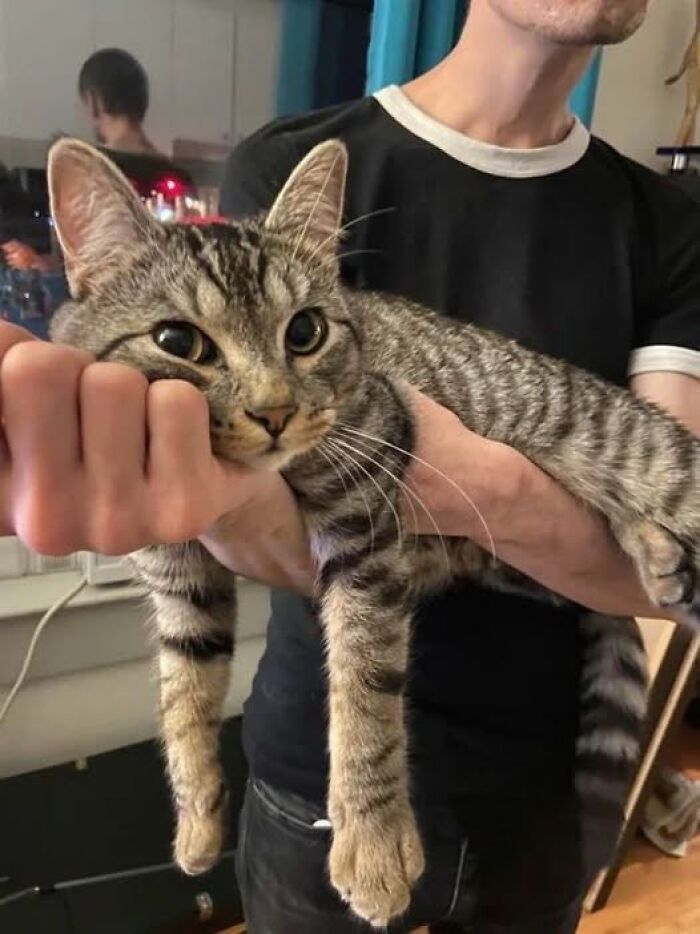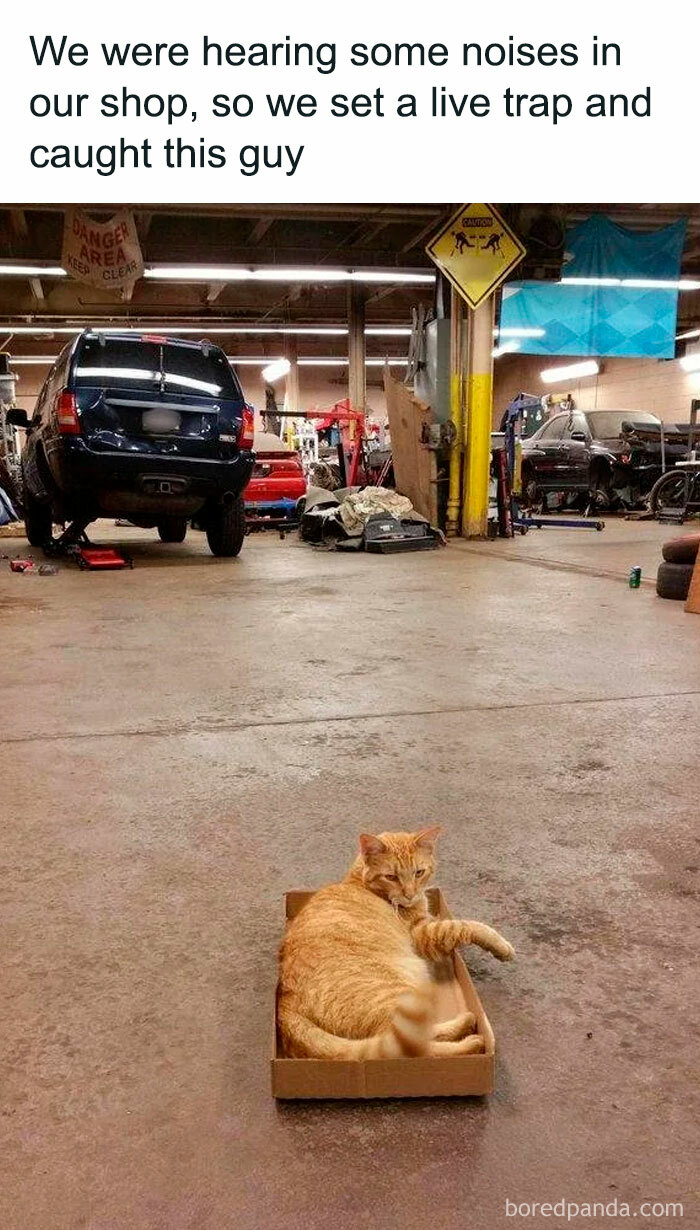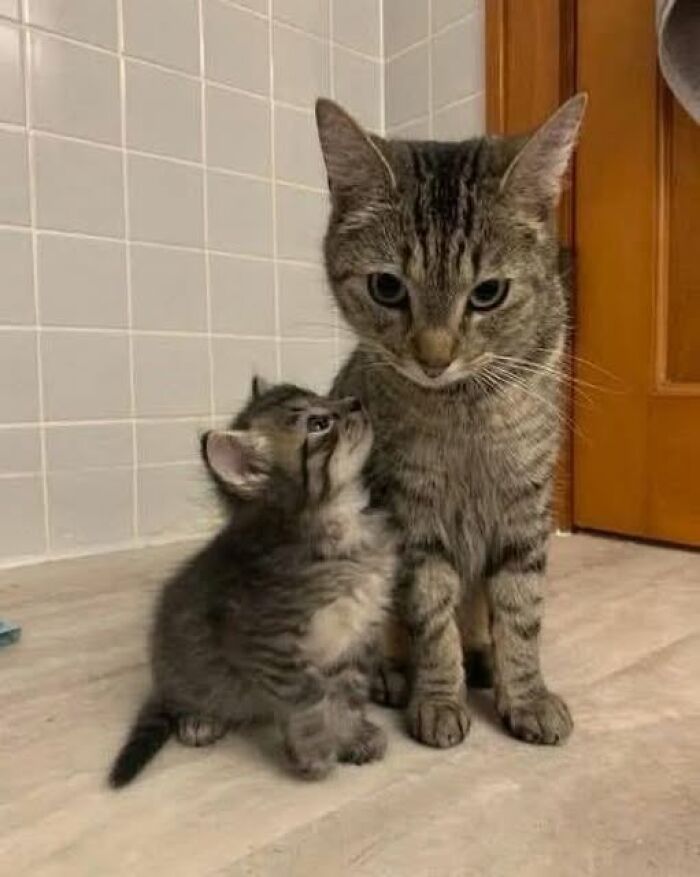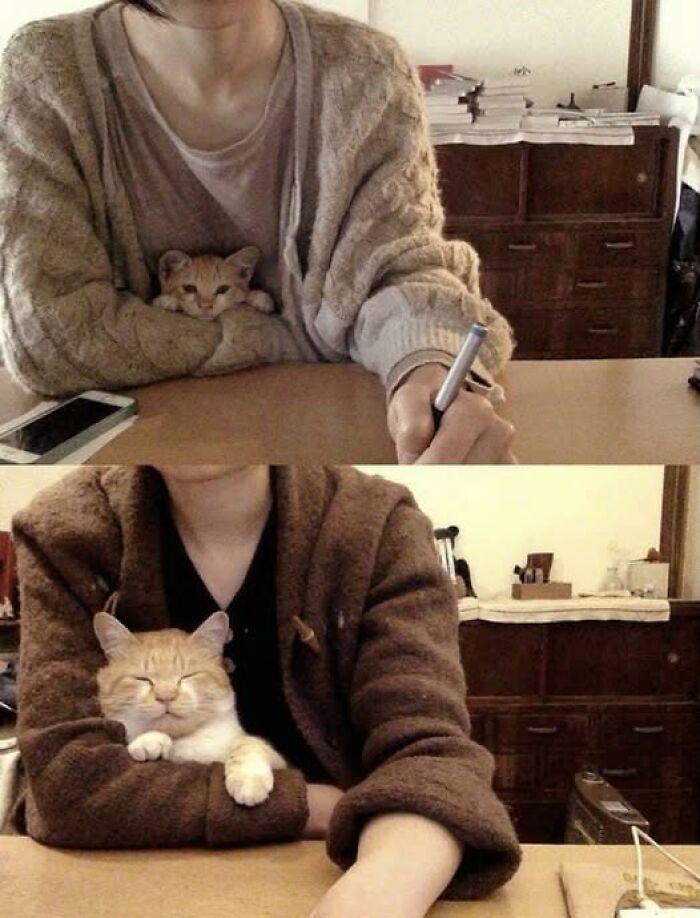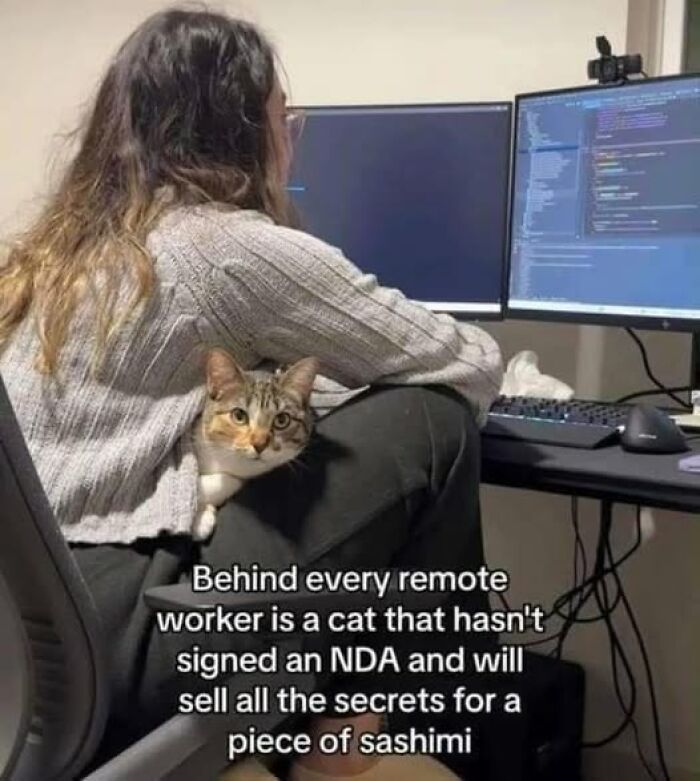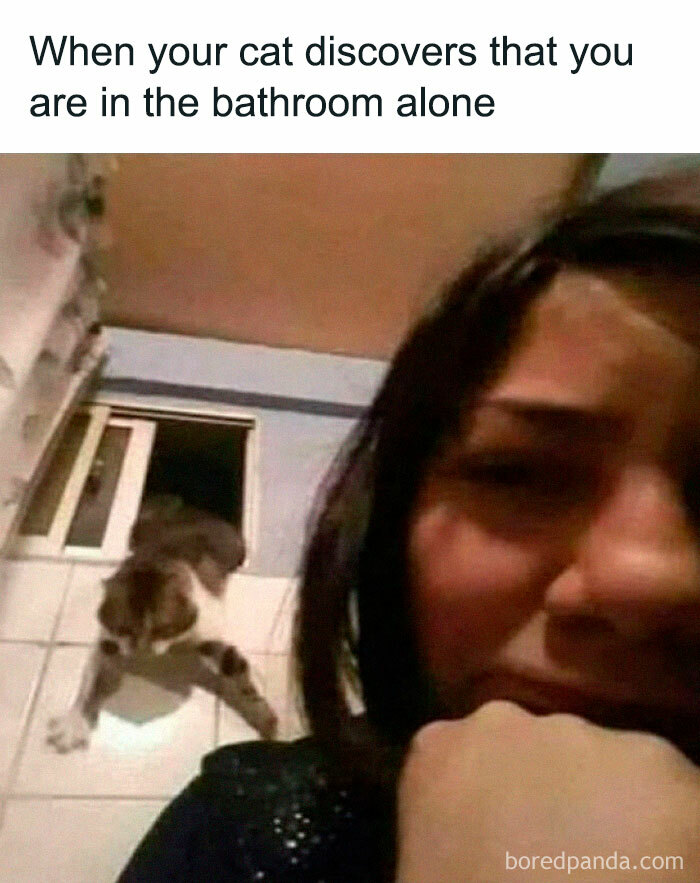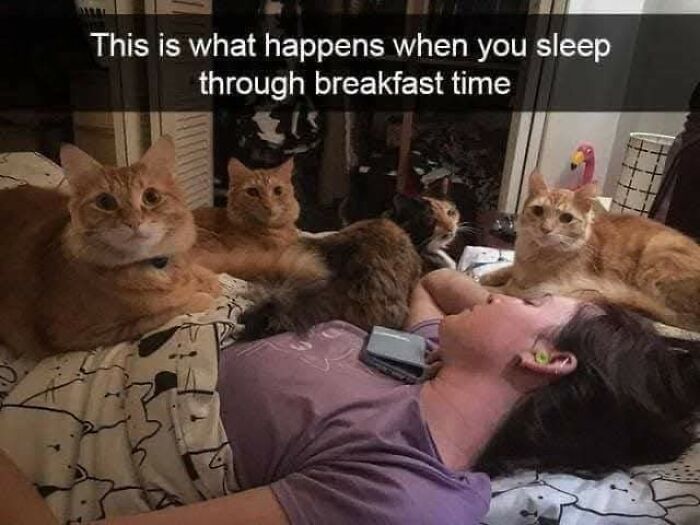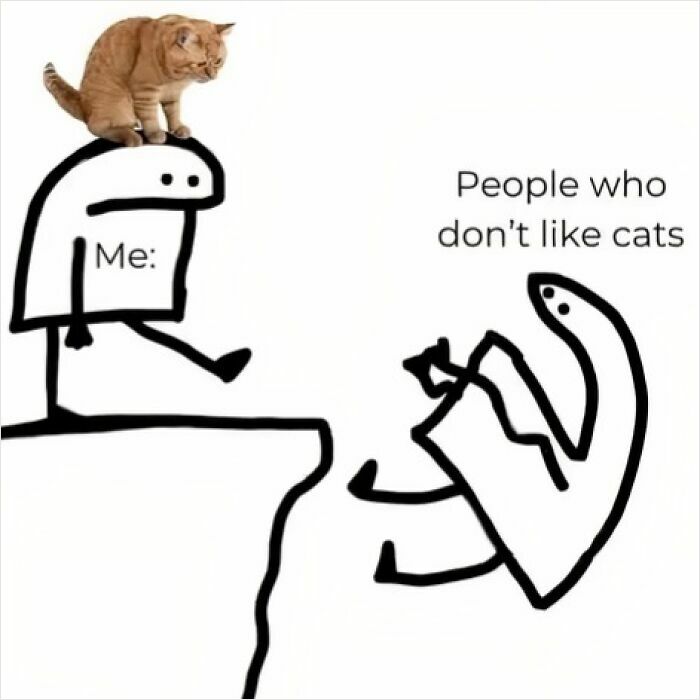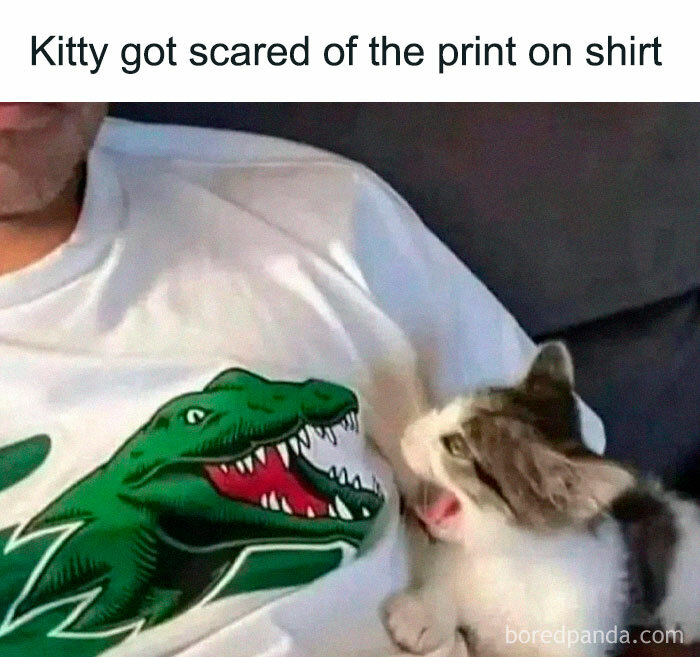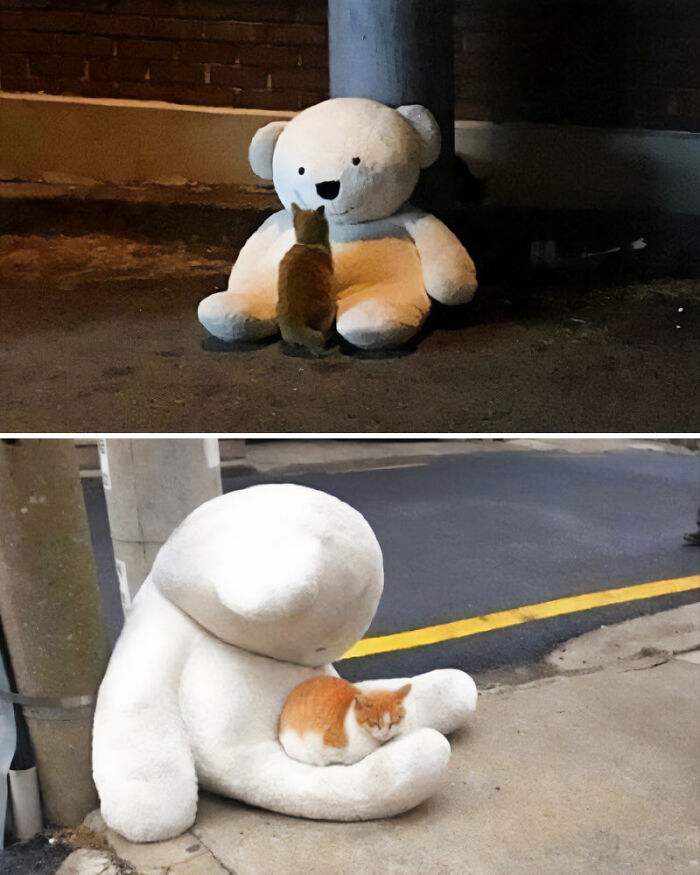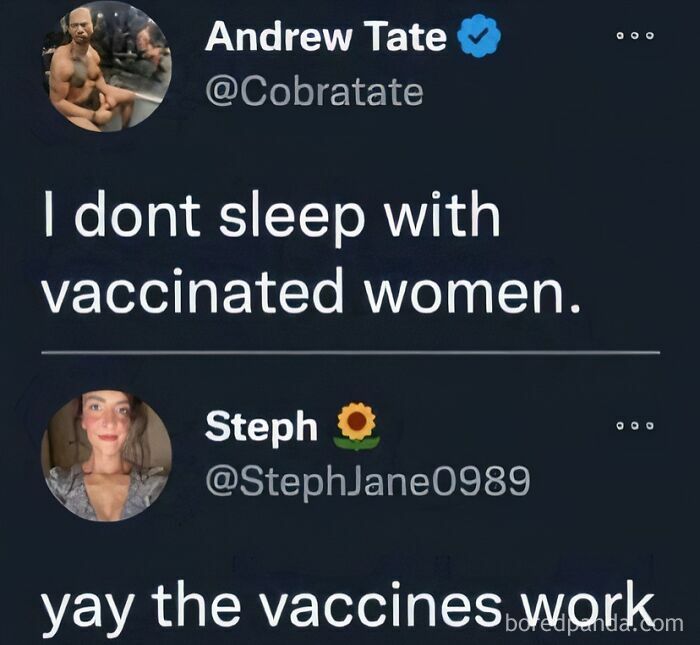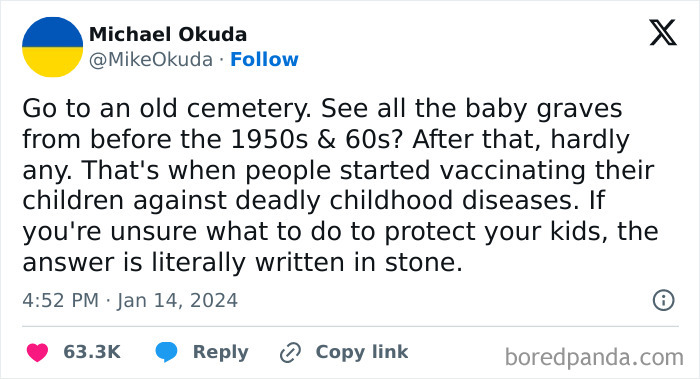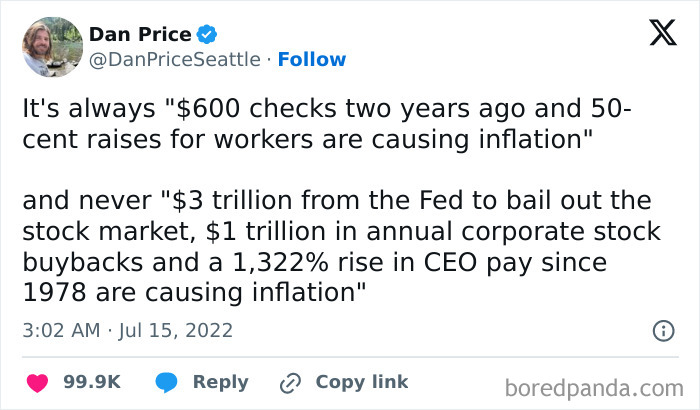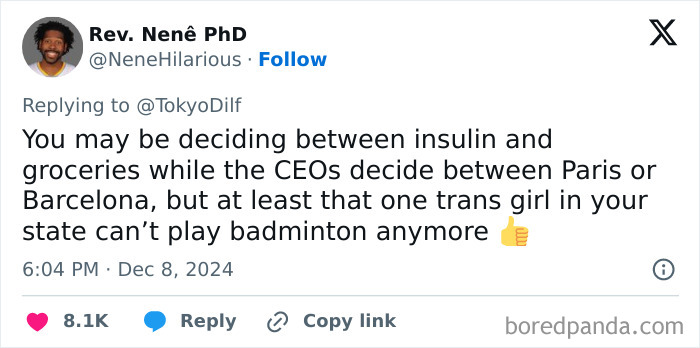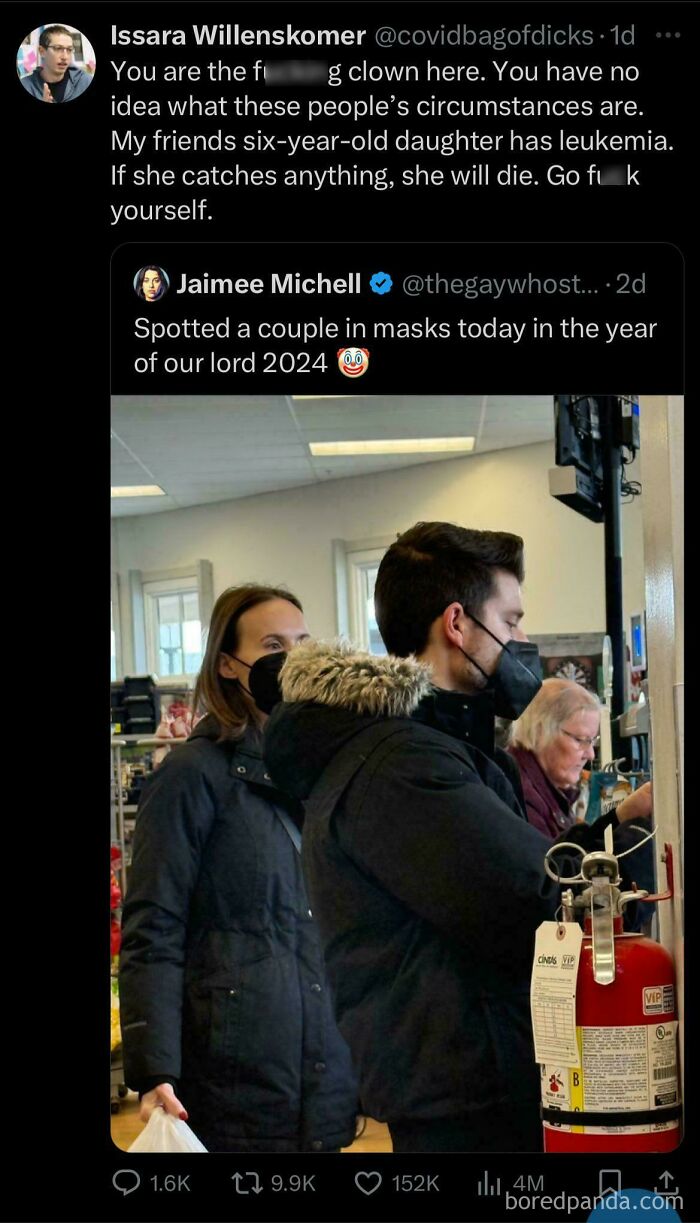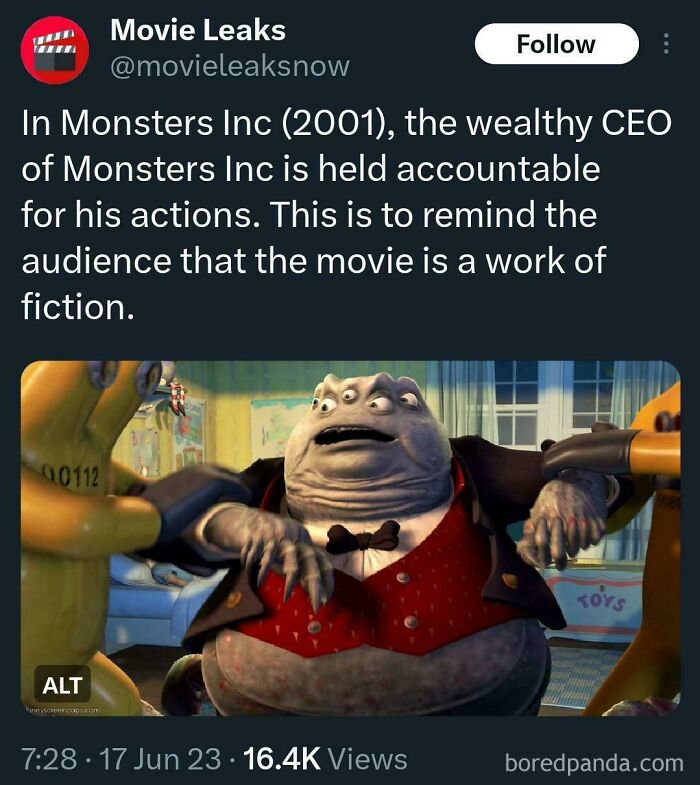Bayard
Bayard's JournalTrump pulls security clearances for Kamala Harris, Hillary Clinton
Source: Reuters
WASHINGTON, March 21 (Reuters) - U.S. President Donald Trump on Friday rescinded the security clearances for former Vice President Kamala Harris and former Secretary of State Hillary Clinton and others, according to a memorandum issued by the White House.
The Republican president, who has also revoked the security clearance for former President Joe Biden, faced Clinton in the 2016 presidential election and Harris in last year's election.
Read more: https://www.reuters.com/world/us/trump-pulls-security-clearances-kamala-harris-hillary-clinton-2025-03-22
Just happened. More to come.
Well, I hate to get anything from Newsmax, but I can't find the rest of this story anywhere else. It does credit Reuters for the story. WTF?
The Orange Menace declared:
"I have determined that it is no longer in the national interest for the following individuals to access classified information,” Trump wrote in the memorandum sent to all executive departments and agency heads before naming all of the individuals affected."
The list includes former Secretary of State Antony Blinken and former Deputy Attorney General Lisa Monaco and "any other member of Joe R. Biden's family," he wrote.
The individuals named in the memo have been central figures in various investigations, prosecutions, or political opposition to Trump during and after his first term. New York Attorney General Letitia James and Manhattan District Attorney Alvin Bragg, for example, were involved in civil and criminal cases against the former president in New York.
Former Republican congressional lawmakers Adam Kinzinger and Liz Cheney served on the House January 6th Committee, while Jake Sullivan and Blinken were among the most senior officials in the current Biden administration.
We are under a tornado watch here in southern Kentucky
Heavy thunderstorms to start about 7:00, with hail. We are just getting dried out from the last deluge!
Why Trump Is So Desperate to Keep Mahmoud Khalil in Louisiana
Government lawyers would be happy to avoid a legal precedent set in the case of Ravi Ragbir during the first Trump administration.
Beside sheer brutality, there is a clear strategic reason that Immigration and Customs Enforcement agents quickly whisked Palestinian activist Mahmoud Khalil out of New York City last weekend. It’s the reason he was first transported to New Jersey, then to a private detention center in Louisiana. And it’s why the Trump administration is fighting to keep him there, more than a thousand miles away from his pregnant wife and lawyers.
That reason: Ravi Ragbir, whose court victories against the first Trump administration regarding his own retaliatory detention made New York a far less friendly forum for the government. “Their intent is to intimidate, to create fear among people who don’t agree with them,” Ragbir told The Intercept in an interview.
ike Khalil, Ragbir is an activist in New York City who was targeted for deportation over his speech during the first Trump administration. Like Khalil, Ragbir was quickly flown to a far-off detention center — in his case, in Miami — as his family, friends, and attorney frantically tried to locate him. And like Khalil, whose attorney worked through the night to file a rapid petition for his release, Ragbir quickly challenged his detention and deportation.
In 2019, Ragbir won a ruling from the 2nd U.S. Circuit Court of Appeals — the federal appellate court that covers New York — that affirmed noncitizens’ right to challenge targeted deportations as unconstitutional retaliation under the First Amendment. The 2nd Circuit’s decision in Ragbir’s favor is a powerful shield, not just for Khalil but also others the Trump administration has vowed to detain and deport based on Palestinian solidarity protests and activism. But that decision is only binding law within the 2nd Circuit’s jurisdiction — and not in states which fall under different federal appellate courts, such as Louisiana.
Avoiding the Ragbir precedent is precisely why ICE moved Khalil so quickly, his attorneys argued in a motion demanding that ICE bring him back to New York. Indeed, two Department of Homeland Security officials recently told The Atlantic that Khalil was moved to Louisiana “to seek the most favorable venue” for the government’s arguments.
https://theintercept.com/2025/03/14/mahmoud-khalil-ravi-ragbir-ice-deport/
Pentagon Keeps Pouring Cash Into Golf Courses Even As Trump Slashes Government Spending
The Pentagon owns 145 golf courses. As Trump cuts key government services, we found it aims to spend on sand traps and clubhouses.
Defense Secretary Pete Hegseth says he has a singular mission. “Your job [as secretary] is to make sure that it’s lethality, lethality, lethality. Everything else is gone. Everything else that distracts from that shouldn’t be happening,” he said during his confirmation process. Since taking the helm at the Pentagon, Hegseth has doubled down. “We do warfighting here at the Department of Defense,” he said at a Pentagon town hall, demanding a “laser focus on readiness, lethality, and warfighting.”
Not everyone at the Defense Department seems to have gotten the message. Right now, the U.S. military is looking to pour money into the renovation of 35 golf course sand traps at the Woodlawn Golf Course at Ramstein Air Base in Germany. Contracting documents show that Air Force Special Operations Command also wants to purchase sterile mushroom compost for the golf course greens at Cannon Air Force Base in New Mexico. It is also looking into hydroseeding at that same course. The Army, for its part, plans to issue a service contract that will cover maintenance in the golf course clubhouse at the U.S. Military Academy in West Point, New York.
What golf has to do with lethality is a question that the Defense Department failed to answer. Nor would the Pentagon weigh in on the hundreds of millions of dollars wrapped up in, or swallowed up by, military golf courses over decades. The Pentagon did not provide a full tally of its current inventory of golf courses, which The Intercept put at around 145. What is clear is that critics have been raising alarms about the military’s golf obsession for at least 60 years, and, despite claims of a new dawn at the Pentagon, putting-green pork is still par for the course.
“The military shouldn’t be in the golf resort business,” said Gabe Murphy, a policy analyst at Taxpayers for Common Sense, a nonpartisan budget watchdog advocating for an end to wasteful spending. The courses instead tend to serve a clientele of military retirees and dependents. Some are open to public membership. Service members, he said, are seldom primary beneficiaries. “They don’t have the spare time to go golfing for hours during the week,” Murphy said.
Even at a time of rampant cost-cutting across the federal government — including calls from Elon Musk’s so-called Department of Government Efficiency to cut as many as 80,000 jobs from the Department of Veterans Affairs — the U.S military’s golf habit is not on chopping block.
https://theintercept.com/2025/03/10/pentagon-spending-golf-courses-trump-budget-cuts-elon-musk-doge/
Longer article, but the facts are eye-opening and appalling.
Email from Jamie Raskin concerning DOGE and Privacy Request
Today I filed a formal demand for access to my personal data obtained by the Department of Government Efficiency (DOGE) and Elon Musk. I encourage all U.S. citizens to join me in doing the same.
Elon Musk should have been more careful in what he wished for. DOGE recently dodged lawsuits about its seizure of citizens' personal data by telling courts that it is a legitimate government agency entitled to extract this information. What Elon Musk apparently did not realize is that this statement triggers DOGE's obligation to comply with citizen demands to see and—if need be—correct their personal information under the Privacy Act. It also allows every citizen to find out what other agencies or outside parties have been made privy to our information.
Last night, the U.S. District Court for the District of Columbia issued an injunction commanding DOGE to comply with citizen requests under the Freedom of Information Act. FOIA encompasses the Federal Privacy Act of 1974, which entitles any citizen to access personal information held in any U.S. government records system.
By visiting the link on my website HERE, you can fill out the Privacy Act request form and mail it in directly to DOGE. This newly recognized federal agency, which has been systematically accessing government computer data systems, now has an obligation to respond to specific information demands from any of the 340 million U.S. citizens who exercise their legal right to defend their privacy and establish the security of their personal information.
I can't wait to see what DOGE has been doing with all of our data, and I can't wait to see what the courts will do if DOGE refuses to comply with the District Court's injunction.
In a democracy, as opposed to a dictatorship, assuming the powers of government carries real burdens and obligations for our officials as well as the benefits and riches the billionaires routinely seek out.
I hope you will join me in this unfolding monumental struggle for transparency and the rights of the people. If you have any questions, please don't hesitate to fill out the form HERE.
With gratitude and solidarity, and nothing but great high hopes for America,
Jamie Raskin
The PDF for making a request is here:
https://s3.us-east-1.amazonaws.com/ak-raskin/images/Raskin_DOGE_Privacy_Request.pdf
Watching, "Saving Private Ryan," now
The number of men who were killed right in the beginning landing on Omaha Beach was incredible. And it doesn't get much better. Tremendous heroism by patriots. Fighting fascists, fighting for democracy.
If those men could see what is going on in our country now, they would realize that the current government puts no value on those fine qualities, and would care less about them and their sacrifice. May even call them suckers and losers.
Makes me cry.
Profile Information
Gender: Do not displayHome country: U.S.
Member since: Tue Dec 29, 2015, 03:16 PM
Number of posts: 24,635























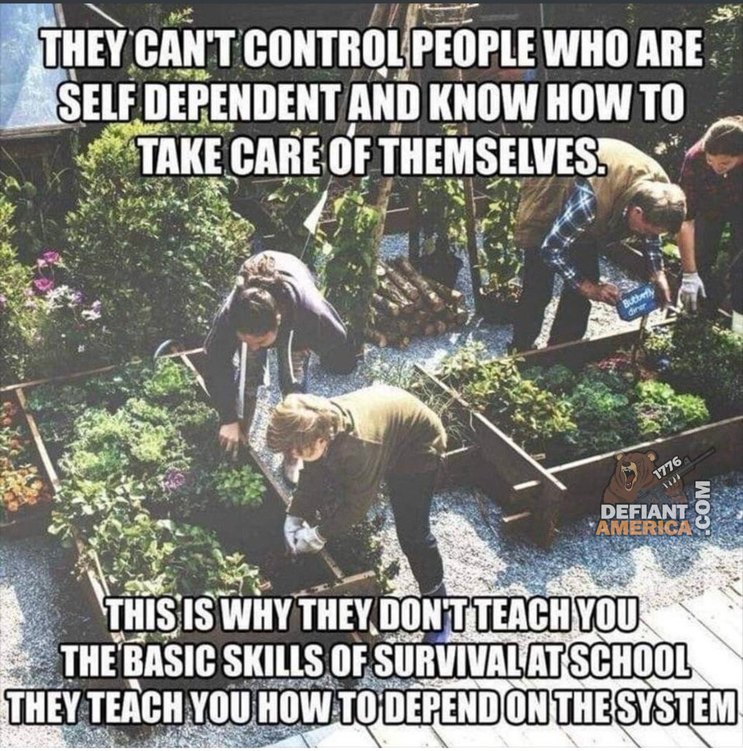

 ?_cchid=1fe086a523387afe2851bf3fe91b8d04
?_cchid=1fe086a523387afe2851bf3fe91b8d04





